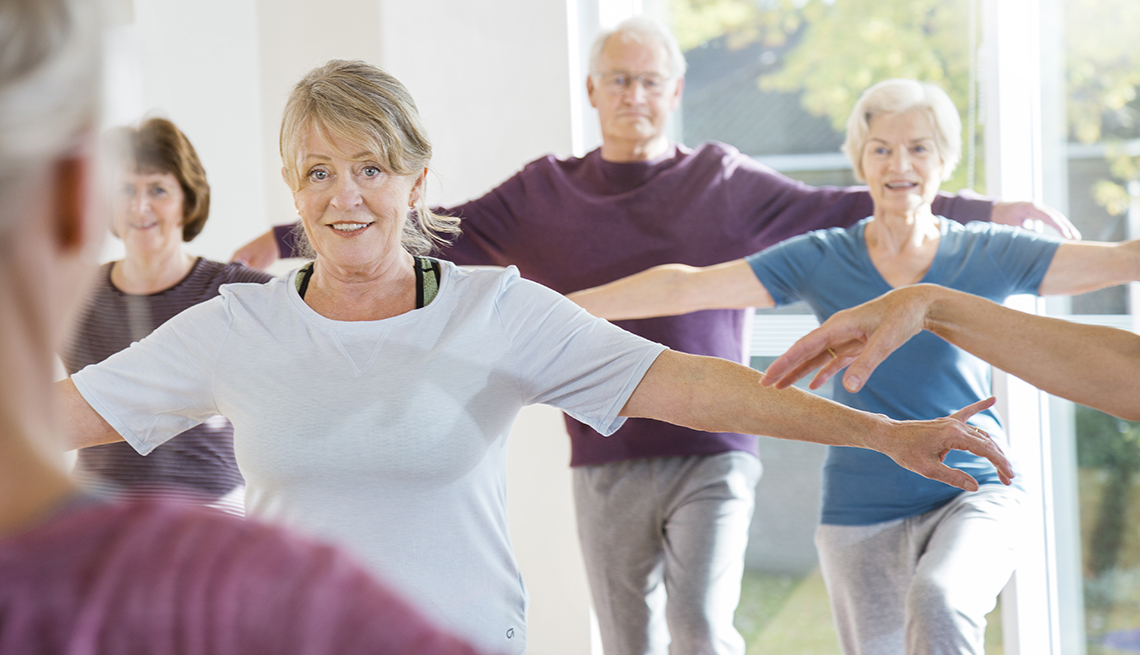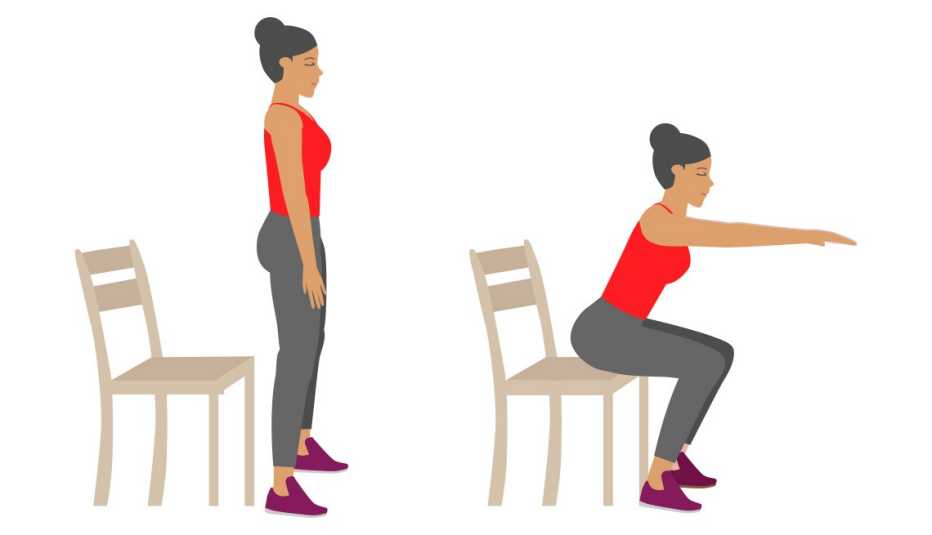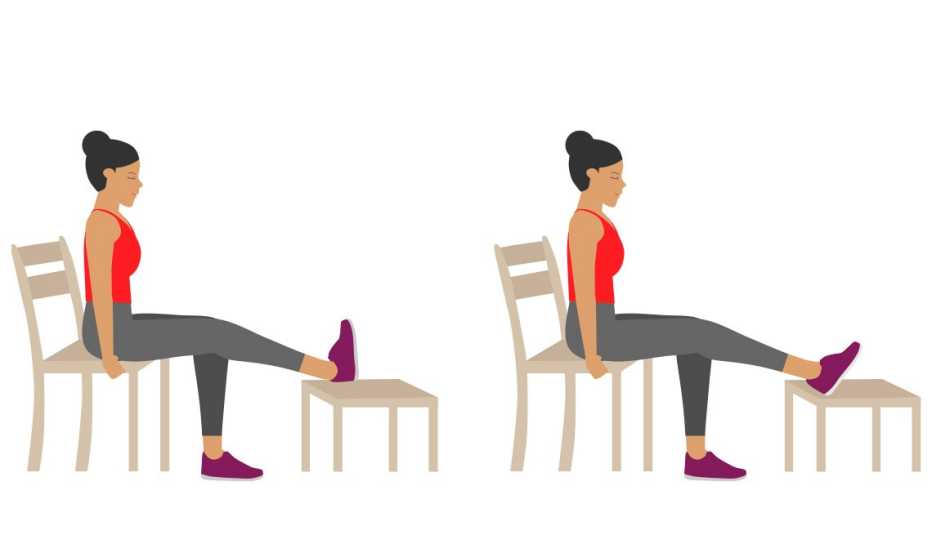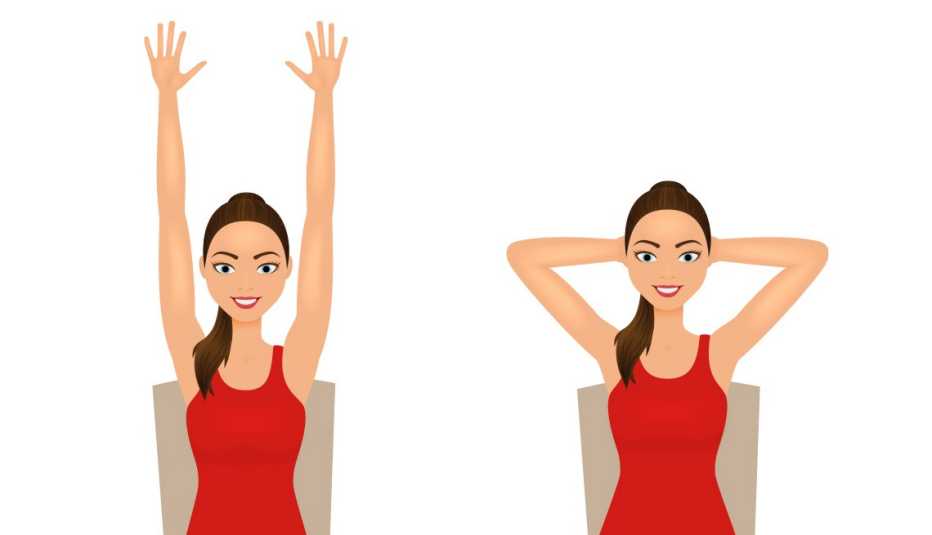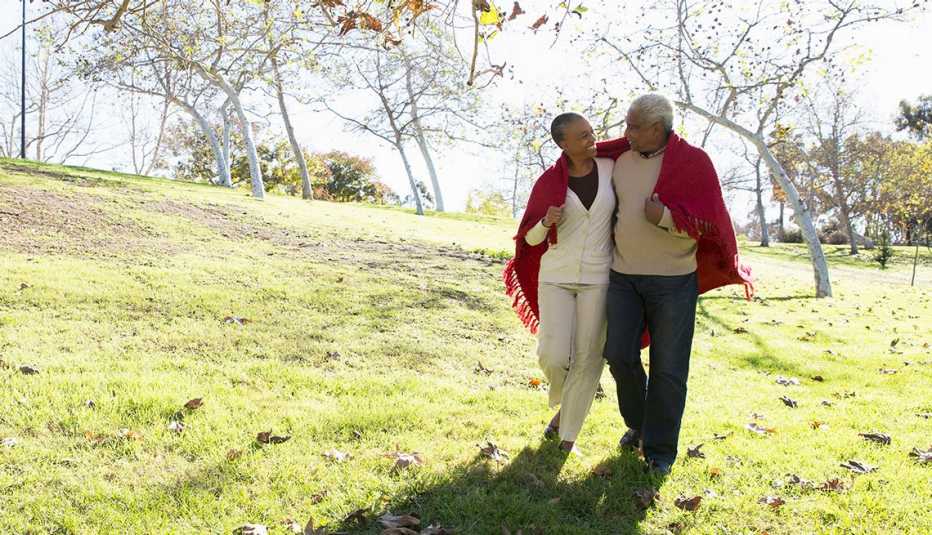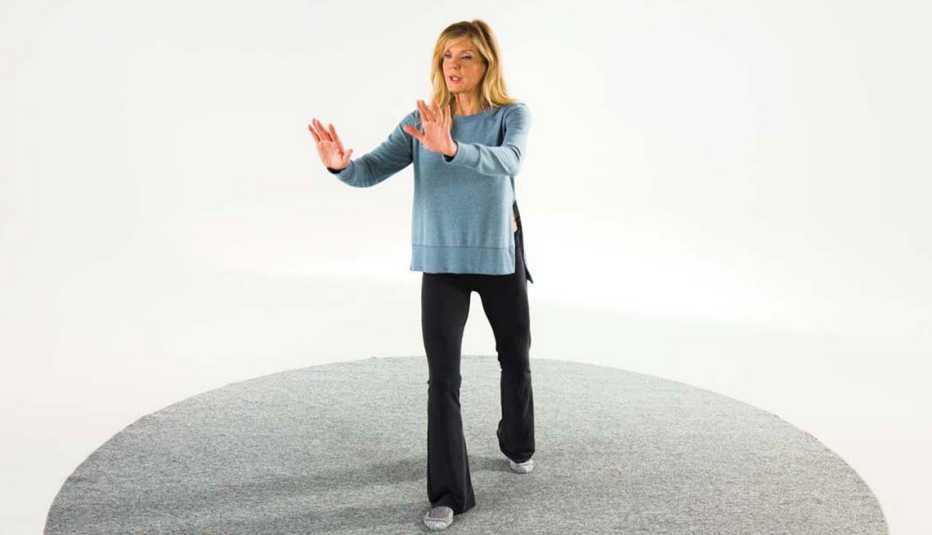Staying Fit
Feel a little wobbly sometimes? Sneaky, age-related balance changes start in midlife — earlier than medical experts used to think, recent research shows. That can mean grabbing stair railings more often, feeling less confident on a rocky walking trail or uneven sidewalk, and even boosting risk for a dangerous tumble. Fight back with strategies that fine-tune your sense of balance from head to toes.
“Oftentimes people don’t realize they’re having balance problems until they have that first fall,” says Debra Rose, chair of the Department of Kinesiology and codirector of the Fall Prevention Center of Excellence at California State University, Fullerton. “You may just feel like your feet aren’t under you as well as they used to be.”


AARP Membership— $12 for your first year when you sign up for Automatic Renewal
Get instant access to members-only products and hundreds of discounts, a free second membership, and a subscription to AARP the Magazine.
When 775 women and men tried to stand on one leg for 60 seconds without extra support for a 2017 Duke University study, this classic balance test revealed a big age divide. Participants in their 30s stayed upright for an impressive 57 seconds and 40-somethings lasted 52 seconds. But those in their 50s lost their balance after 44 seconds, 60-year-olds wobbled after 40 seconds and 70-year-olds after just 27 seconds. That could mean big trouble. There’s a growing realization that injury-causing falls aren’t only a threat for older adults. They’re common at midlife too, sending 2.1 million people ages 45 to 64 to U.S. emergency rooms in 2017.
Building strength and mobility, challenging your body’s system and rooting out balance-robbers (like poor sleep) can help you maintain or restore this crucial sense, says Ryan Glatt, a brain health coach and certified personal trainer at the Pacific Brain Health Center in Santa Monica, California. “You can get sustained balance improvements and increase your confidence,” he says, noting it takes more than doing a couple of single-leg stands once a week or some ankle pumps before you get out of bed.
Balance 101
Every time you successfully cross the office (or your living room) with a full cup of coffee or safely navigate a rain-slick parking lot, you can thank the crew of behind-the-scenes players that work together to make staying balanced possible.
Among them: Your vestibular system in your inner ear, which uses fluid-filled canals lined with microscopic hair cells and tiny floating crystals to track and stabilize your head and body. Proprioceptors along muscles throughout your body, which tell your brain where your body is in space. Pressure-sensing receptors in the skin on the soles of your feet, which help your brain figure out fast whether you’re on a carpet with plenty of traction or on a wet, slippery floor. Even your eyes and ears get involved, feed your brain a steady stream of visual and audio data about the three-dimensional world you’re moving through, Rose says. And as your balance command center, your brain’s busy ‘round the clock, making large and small adjustments to keep you upright.
But that’s not the whole team. “A big part of balance is plain old-fashioned strength,” notes Manhattan-based personal trainer, dance therapist and choreographer Carol Clements, author of Better Balance for Life: Banish the Fear of Falling With Simple Activities Added to Your Everyday Routine. Muscle strength of the lower extremities — the hips and thighs — is one of the most important factors in risk estimation for falls, she says.
Also key: Flexibility of your ankles, knees and other joints. “Foot mobility is your base for balancing,” Clements says. “There are 26 bones in the foot. It’s their relaxed micromovements that help you balance.”
Fine tune your sense of balance
Get beyond balance basics with these expert-endorsed strategies. Of course, check with your doctor before starting a new exercise routine if you’ve fallen, are worried about falling due to balance problems or dizziness, or have chronic health conditions.
Add balance moves to your workouts. “If I’m walking on a treadmill to increase aerobic fitness and holding onto handrails, or using an elliptical trainer or recumbent bike, it won’t improve balance,” Rose says. You have to challenge your sense of balance to get improvements, she says. Get started with exercises to restore agility, including exercises that take 10 minutes or less.
Increase the challenge at your own pace. If you’re new to balance exercises, position yourself in the corner of a room where there’s empty floor space to move across and you’re close enough to touch the walls for support, Rose suggests. Put a sturdy chair in front of you so you can hold on if you have to. Use supports less and less as you’re able. “If I’m holding onto a chair, it’s not doing much for balance,” Rose says. “If I put two fingers on the chair, I’m putting more emphasis on the balance system. If you’ve got white knuckles, lower the challenge!”



























































